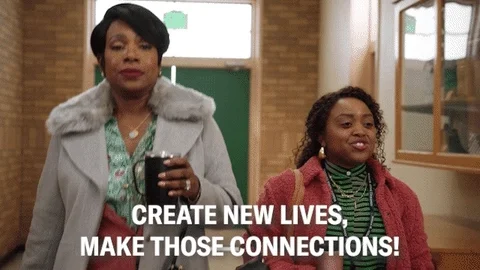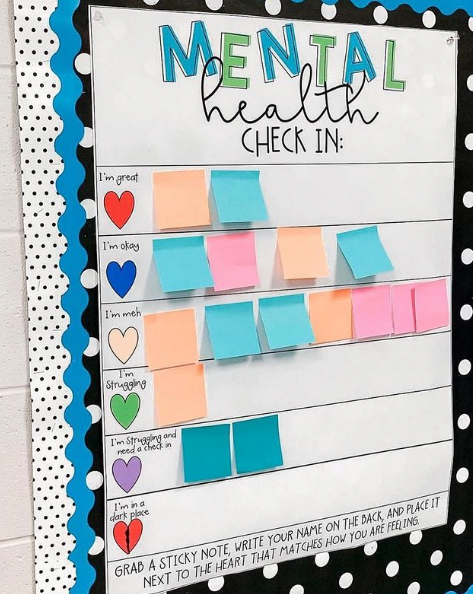
This logo isn't an ad or affiliate link. It's an organization that shares in our mission, and empowered the authors to share their insights in Byte form.
Rumie vets Bytes for compliance with our
Standards.
The organization is responsible for the completeness and reliability of the content.
Learn more
about how Rumie works with partners.
A Tale of 2 Teachers
 Mr. Motta
Mr. Motta
Usually working at his desk when students arrive
Main focus is getting through required content
Most conversations with students are about academics
 Ms. Kim
Ms. Kim
Greets students at the door and says goodbye each day
Has conversations with students about their interests
Includes games, music, class cheers, and check-in meetings in her lessons
 Make a prediction....
Make a prediction....
Which teacher's students are most likely more successful at school?
 If you said Ms. Kim, you're correct!
If you said Ms. Kim, you're correct!

Why are strong connections so important?
 Increase
Increase
motivation
academic achievement
self-regulation
physical & mental well-being
 Decrease
Decrease
absenteeism
drop-out rates
disruptive behaviors
bullying
Showing students you care is the basis of all meaningful relationships.
There isn't a formula or one-size-fits-all recipe. Try out the 4 strategies below and see which ones feel most authentic for your teaching style.
Quiz
Think about Ms. Kim, from the introduction of this Byte. Which of the comments would her students most likely have made on an evaluation? Click all that apply.
By creating a feeling of community and connection with her students, Ms. Kim is able to motivate her students and help them grow.
Did you know?
1. Provide a warm welcome
Greet students at the door by name each day — and pronounce their names correctly!
Offer a variety of greetings for students with different comfort levels (high-five, fist bump, handshake, thumbs up, wave, sign language "hello")
Ask how they're doing
Comment on something you talked about yesterday
Ask about their hobbies or personal events
Quiz
Think about Mr. Motta, from the introduction. If you were writing his performance review, which comments would you include? Select all that apply.
Mr. Motta has a strong focus on academics, but it's clear he needs to make stronger connections with his students. More time for class meetings and conversations will help build a sense of community in his classroom.
2. Create safe communication methods
Communicate with individual students using private journals that only you and each student sees
Set up a check-in station where students can let you know how they're feeling
Example: Students in this classroom write their student number on the back of a sticky note and place it in the row that represents how they're feeling that day.
 Image courtesy of Erin Castillo
Image courtesy of Erin Castillo
Include regular class meetings in your schedule.
Class meetings are a part of the day "designed to enhance students' social and emotional development, while increasing teacher and peer connectedness."
Use check-in meetings as a safe space to cover classroom topics such as bullying, conflict resolution, and goal setting. Encourage your students to express feelings and share opinions.
3. Show interest in your students' lives

Get to know what your students are listening to and watching
Give them chances to teach you new dances or popular terms
Relate class content to what students are interested in
Make an effort to go to school-sponsored events that your students are involved in like sports or concert
Listen to students' personal stories
Learn some phrases in their native language
Have lunch with small groups of students occasionally if they're comfortable with you joining them
4. Know your limits
Students know when you aren't being genuine!
Choosing strategies that don't fit with your personality or trying too hard will come across as fake and have the opposite effect. Be authentic!
Not all students are created equally.
Keep in mind that some people are generally more private or introverted. Being aware and respectful of a student's boundaries is an excellent way to form connections.
Maintain appropriate boundaries.
Creating connections can be a tricky balance between what's appropriate and what's not. While you want to get to know your students, be sure to respect their privacy.
The goal is to form strong relationships WITHIN a class structure that's well-organized and managed.

Take Action
Are you ready to build better relationships with your students to make your classroom a more positive place?

This Byte has been authored by
Rebecca Gryga
Instructional Designer, Curriculum Developer
M.Ed.
